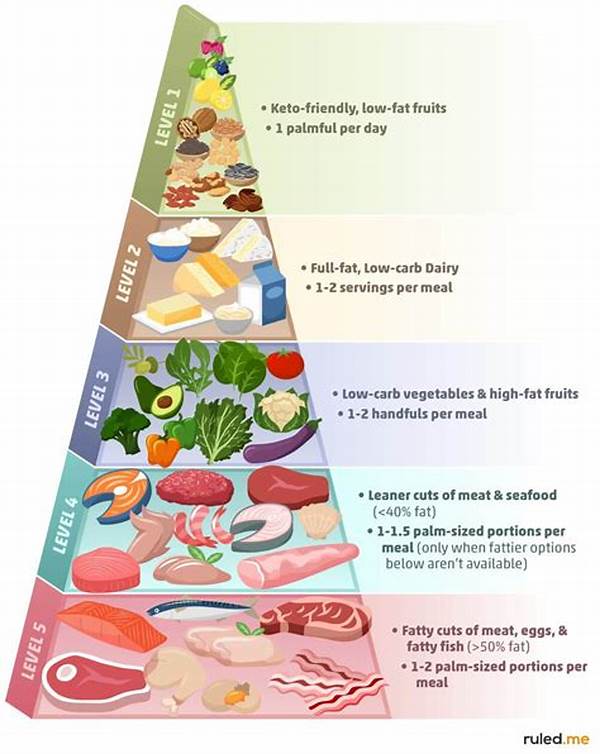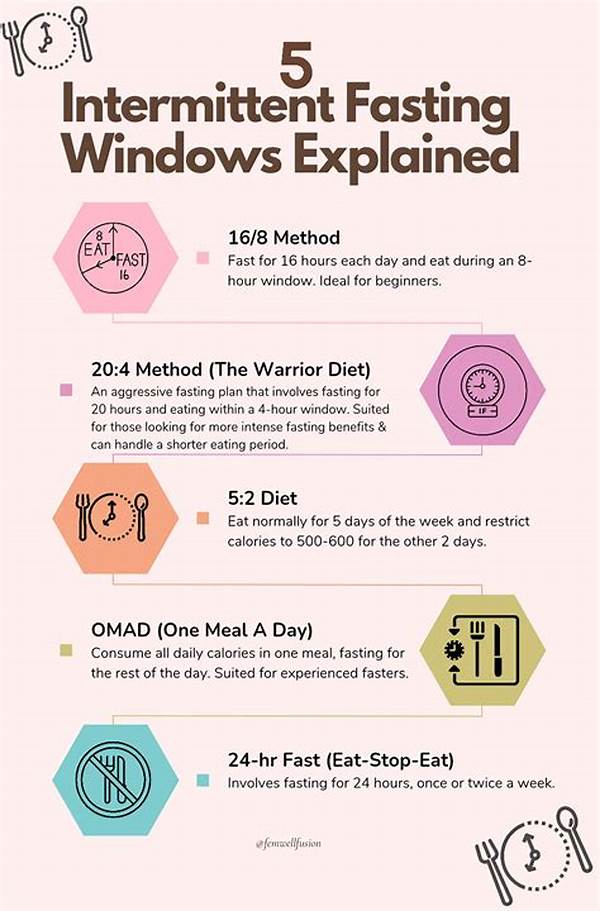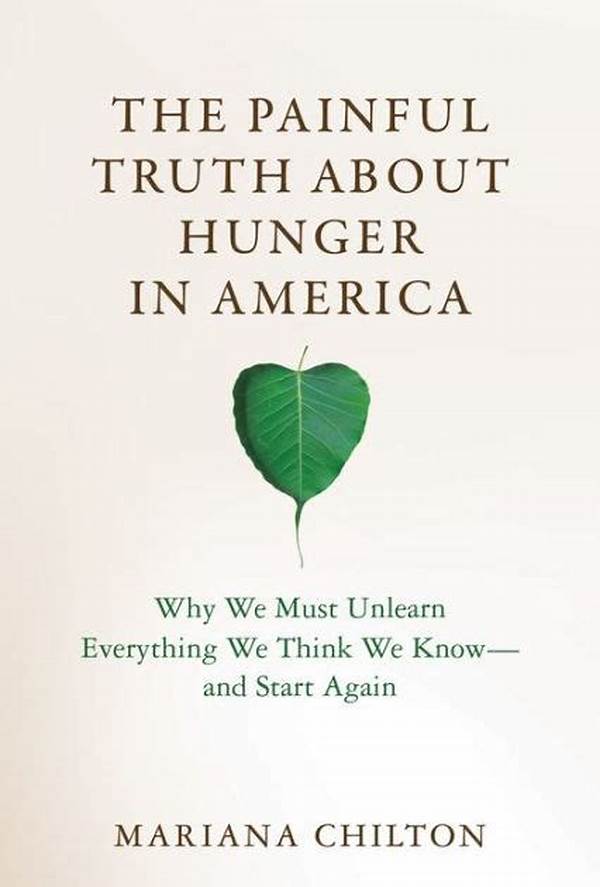H1: If & Women’s Health: What New Studies in Asia Reveal
Read More : How To Talk About If With Your Doctor: What Data They Want
In a world that constantly moves toward modernity, understanding the various facets of women’s health becomes imperative, especially in diverse regions like Asia. Recent findings shine a light on myriad aspects of women’s health, bringing pivotal revelations to the fore. If you consider the multi-dimensional life of women in Asia, where societal norms and rapid development intersect, you’d realize why these studies carry immense relevance. From bustling metropolitan cities to secluded rural areas, women’s health issues encompass a broad spectrum of physiological and psychological components. While the setting remains diverse and dynamic, the foundational importance of these revelations in shaping better health policies cannot be overstated.
The phrase “if & women’s health: what new studies in Asia reveal” might sound like a riddle to some. However, investing time to explore these new studies unravels more than just statistics; it offers stories of resilience, challenges, and transformative possibilities. Picture reading a narrative where statistical data and personal stories intermingle, each number backed by lived human experience. Whether you’re a health enthusiast, a policymaker, or a woman navigating through everyday health challenges, engaging with these findings could initiate meaningful conversations and actions. The realization that Asia, a storied continent with a wealth of heritage and modernity, offers insights into women’s health is not only intriguing but essential for global health advancements.
Grasping the unique findings from these studies provides a window into how geographical, cultural, and socio-economic factors intertwine, affecting health outcomes. You might ask, “What’s new about if & women’s health: what new studies in Asia reveal?” Well, the spotlight falls not just on the physical health but also peeks into psychological factors, easier access to healthcare services, and the impact of technological advancements on health monitoring and diagnoses. As we explore deeper, these elements reveal themselves as the foundation stones shaping the eastern discourse on women’s health.
The potential of using this new data is immense, and the implications could be revolutionary in strategizing health policies tailored to women’s specific needs in Asia. But these revelations aren’t merely academic; they are a call to action. The real power lies in the hands of those willing to delve into this knowledge and transform it into tangible, positive change.
H2: Implications of New Health Studies in Asia—Discussion on If & Women’s Health: What New Studies in Asia Reveal
The conversation around “if & women’s health: what new studies in Asia reveal” doesn’t merely hang in limbo; it demands our immediate attention and proactive engagement. These studies carry the torch for breakthrough discoveries while addressing long-standing health disparities across the gender spectrum. It’s a narrative enriched with pioneering findings, echoing a powerful testament to the changing landscape of women’s health.
In the past decade, what was once a trickle of research from Asian countries has now turned into a significant flood, each drop carrying valuable insights and stories of women. As if painting on a global canvas, these studies usher in an exclusive perspective, showcasing the diverse lifestyles and health challenges women face in this region. From examining the genetic predispositions to certain ailments to analyzing lifestyle diseases, Asia provides fertile ground for such research.
One cannot ignore the humor in discussing complex health concerns amidst rich cultural tapestries of Asia. Like the paradoxical proverb of “same same but different,” these health studies show unique conditions interlaced with universal patterns. While the delivery might make you chuckle, the substance of these findings compels a serious look at the transformative potential held within them.
The call to action revolves around local and international stakeholders leveraging this burgeoning wealth of research. It suggests a path forward, an orchestrated move towards improved health policies and practices. By embracing this knowledge, stakeholders can foster environments that support women’s health holistically. As women continue to weave their presence into the diverse fabric of Asian society, these studies ensure that their health is not relegated to backstage shadows but rather takes center stage.
H2: Uncovering Women’s Health PerspectivesH3: Research Revelations and Global Implications—If & Women’s Health: New Learnings in Discussion
1. How have new studies in Asia shifted global perspectives on women’s health?
2. What cultural factors uniquely influence women’s health in Asia?
3. How can policymakers utilize these studies to improve women’s healthcare?
4. The role of technology in advancing women’s health monitoring in Asia.
5. Relevance of psychological health insights from these studies.
6. Bridging the health disparity gap using study findings.
7. Storytelling through statistics: Crafting narratives of change.
8. The impact of modern lifestyle choices on women’s health in Asia.
—H2: Crafting a Healthier Future
Within the tapestry of “if & women’s health: what new studies in Asia reveal,” lies a compelling narrative of discovery and innovation. This emerging discourse reflects a journey of realization and transformation, where women’s health isn’t just about addressing current issues but also about shaping a healthier, more inclusive future. Each study contributes to a broader understanding that transcends borders and cultural barriers, making a case for universal principles of care and wellness adaptable to diverse environments.
Imagine a world where the insights from these studies inform not only regional policy but also adapt to global applicability. It is this amalgamation of local specificity and universal relevance that differentiates these findings. They elicit a shared responsibility to integrate these learnings into everyday healthcare strategies across continents.
The power of these studies lies in their ability to evoke empathy and inform decision-making. They aren’t just about highlighting issues but are stepping stones toward actionable strategies that resonate with the desire for positive change. As we stand on the precipice of what is possible, these revelations beckon those in the health community to harness their potential and redefine the future of women’s health.
H3: Strategies for Implementing Global Health Initiatives—H2: Practical Tips and Insights
—
In a nutshell, “if & women’s health: what new studies in Asia reveal” provides an exciting gateway to expanding not just knowledge but empathy and actionable strategies in health care. As we explore these findings, we unlock doors to change, building bridges for healthier communities. It’s not just research; it’s a roadmap guiding us to a more enlightened and inclusive approach to wellness, particularly for women thriving in the modern-day intricacies of Asia.














